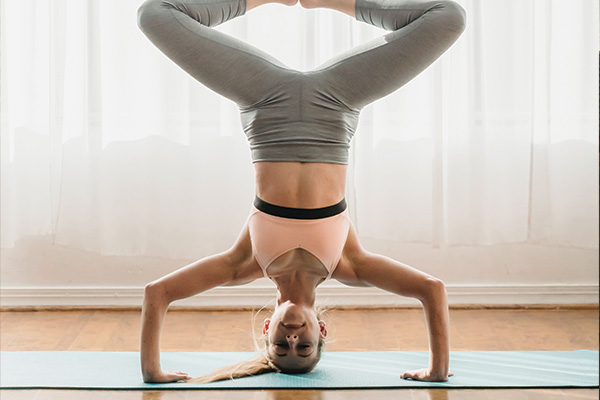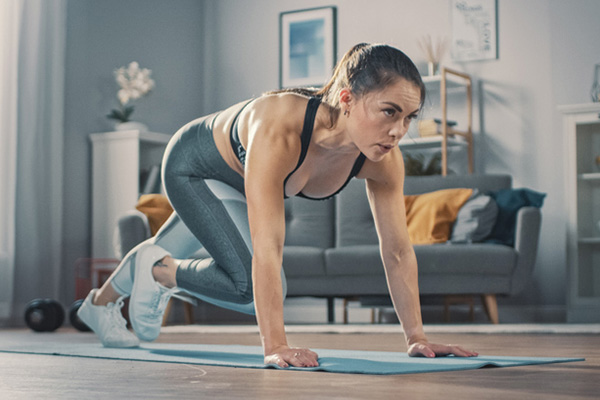The headstand is an advanced yoga version that involves turning your body upside down. The practice requires you to have solid upper body strength, a flexible spine, and long hamstrings. The numerous dangers associated with headstands inform the need to practice regularly and follow safety precautions.
This article takes you through the step-by-step headstand procedure and the best tips to apply to achieve the following benefits.
Benefits Of a Headstand
- Induce the pineal and pituitary glands responsible for thyroid and hormonal functions.
- Promotes inner calmness and awareness
- It helps fight depression and stress
- Stimulates the lymphatic system, which connects your body tissues and organs.
- Strengthens and stimulates abdominal organs
- Enhances lung capacity
- Boosts digestion
- Strengthens your spine, upper body, and core

Headstand Safety Measures
In addition to the outlined benefits, headstands pose some risks hence the need to implement the following precautions for safely.
Involve A Spotter
It would be hard to check your posture or alignment when you are already upside down. A spotter will guide you on the correct alignment and help you out of the headstand.
Place Cushions Around You
The cushions and folded blankets you place around your practicing area will provide a soft landing whenever you stumble over.
Start Beside a Wall
Although you won’t rely on the wall for long, you can start by leaning on the wall for physical and emotional support. Inch yourself further from the wall after you have practiced for some weeks or as soon you believe you are fit to practice at the center of the room.
Headstand Procedure
The primary purpose of the headstand in yoga is to soften the nervous system, soothe, and relax. Now create a firm base and connect with your breath.
1: Place the mat on the floor and sit on it in a thunderbolt pose
2. Place your opposite hands inside the base of your upper arms
3. Place the elbows on your mat
4. Create a triangle shape with your forearm by bringing your hands together
5. Open your palms and thumbs to interlock your fingers
6. Keep your pinky fingertips together to provide a stable base at the bottom of your hands
7. Place your head inside your hands on the mat
8. Straighten your legs
9. Carefully bring your feet towards your head and the hips as close to the shoulders as you can
10. Take deep breaths, bring your legs to your chest, and raise them gradually to align with your torso.
Once you are in the headstand position, remember to keep your core strong and take deep breaths. You can start with 10 seconds as you graduate.
Reverse the instructions provided to come out of a headstand safely. Remain on a child’s pose for some time before standing up.

Head standing is a great core workout and an energizing pose in yoga, offering physical and emotional benefits. As you try out the guidelines provided here, ensure you follow all the precautions for safety and a sense of accomplishment. Listen to your body reaction after every practice and consult your trainer or physician if you are injured or experience tension and pain.










